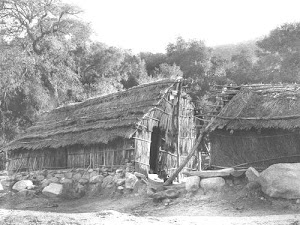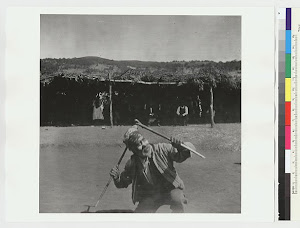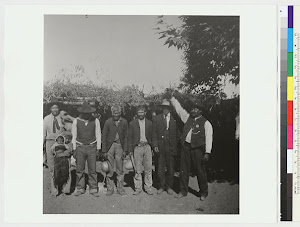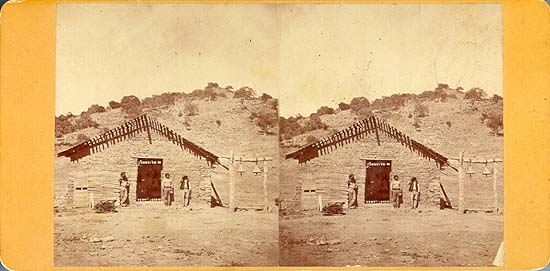Howka tribal members I stumbled acrtoss numerous writings about this story and thought I would post it .
Forbidden Archeology
The Hidden History of the Human Race
by Michael A. Cremo and Richard L. Thompson
Excerpt 1
http://nersp.nerdc.ufl.edu/~ghi/faex.html
The Neale Mortar and Pestle
Many discoveries of ancient artifacts were made under Table Mountain in Tuolumne County, California. One of the more well-attested cases is that of a mortar and pestle found by superintendent J. H. Neale of the Montezuma Tunnel Company. The stratigraphy at Table Mountain consists of a latite cap dated to 9 million years, andesitic tuffs, breccias, and sediments going back to 21.1 million years, rhyolite tuffs as old as 33.2 million years, and prevolcanic auriferous gravels, some as ancient as 55.0 million years. What follows are some excerpts from Forbidden Archeology describing this discovery made in the auriferous gravels of Table Mountain, dated from 33.2 to 55 million years old.
On August 2, 1890, J. H. Neale signed the following statement about discoveries made by him: "In 1877 Mr. J. H. Neale was superintendent of the Montezuma Tunnel Company, and ran the Montezuma tunnel into the gravel underlying the lava of Table Mountain, Tuolumne County. . . . At a distance of between 1400 and 1500 feet from the mouth of the tunnel, or of between 200 and 300 feet beyond the edge of the solid lava, Mr. Neale saw several spear-heads, of some dark rock and nearly one foot in length. On exploring further, he himself found a small mortar three or four inches in diameter and of irregular shape. This was discovered within a foot or two of the spear-heads. He then found a large well-formed pestle, now the property of Dr. R. I. Bromley, and near by a large and very regular mortar, also at present the property of Dr. Bromley." This last mortar and pestle appear on your right.
Neale's affidavit continued: "All of these relics were found the same afternoon, and were all within a few feet of one another and close to the bed-rock, perhaps within a foot of it. Mr. Neale declares that it is utterly impossible that these relics can have reached the position in which they were found excepting at the time the gravel was deposited, and before the lava cap formed. There was not the slightest trace of any disturbance of the mass or of any natural fissure into it by which access could have been obtained either there or in the neighborhood" (Sinclair 1908, pp. 117–118). The position of the artifacts in gravel "close to the bed-rock" at Tuolumne Table Mountain indicates they were 33–55 million years old. . . .
In a paper read before the American Geological Society and published in its journal, geologist George F. Becker (1891, pp. 192–193) said: "It would have been more satisfactory to me individually if I had myself dug out these implements, but I am unable to discover any reason why Mr. Neale's statement is not exactly as good evidence to the rest of the world as my own would be. He was as competent as I to detect any fissure from the surface or any ancient workings, which the miner recognizes instantly and dreads profoundly. Some one may possibly suggest that Mr. Neale's workmen 'planted' the implements, but no one familiar with mining will entertain such a suggestion for a moment. . . . The auriferous gravel is hard picking, in large part it requires blasting, and even a very incompetent supervisor could not possibly be deceived in this way. . . . In short, there is, in my opinion, no escape from the conclusion that the implements mentioned in Mr. Neale's statement actually occurred near the bottom of the gravels, and that they were deposited where they were found at the same time with the adjoining pebbles and matrix."
Monday, December 28, 2009
PROOF WE HAVE BEEN HERE FOREVER
Posted by
Karen Vigneault Librarian
at
12:57 PM
![]()
Subscribe to:
Post Comments (Atom)













No comments:
Post a Comment